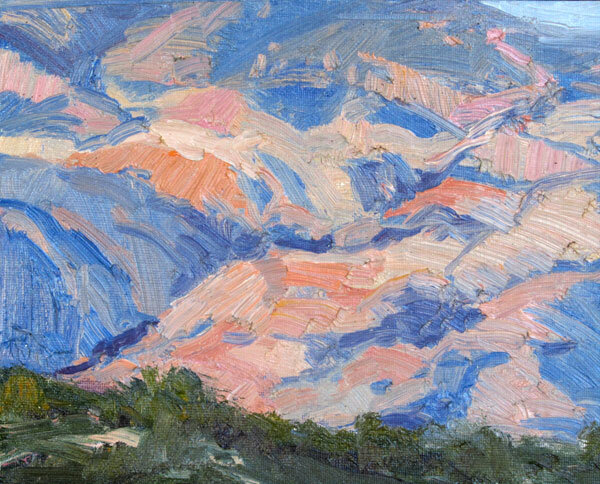Is There an Art Heaven?
I’ve painted so many bad paintings. I know I’m not alone. Ned Jacobs once admitted in a lecture to a packed audience of admiring artists and collectors that he probably only saved ONE in FIFTY paintings or sketches. The crowd gasped in horror. I just wanted to know where he leaves his garbage for pick up. Matt Smith advised the artists in a class I was taking to be sure to destroy any paintings--slash, paint over or burn ‘em--before we threw them out so we wouldn’t see these dogs in a retrospective years later. I have a book of Manet still lifes that proves this to be true. Someone decided to include every floral still life they could find, regardless of the quality or finish. Manet would have been appalled to see what was in this collection because even he had paintings not worth finishing. Of course, I tell my students to keep their early paintings, even if they’re horrible, just to see how much better they are than when they started. Sometimes we all feel like we’re not making any progress at all and it’s always good to have visual proof that we’re improving, even if it’s only a little.
My problem is getting rid of anything. Ever. Sometimes I cut up canvases and give them to friends as bookmarks--the part is so much better than the whole. Recently, advised by a painter friend, I’ve started chopping up old paintings to find new ones, cropping out the unsuccessful parts and keeping the part that works. It’s surprising how freeing and fun this process is for me, and the result is often a painting I’m happy to hang. Then, of course, I hold onto the bad parts just in case those expert artist elves kindly sneak into my studio some night to fix them while I’m sleeping. Finally, there are many paintings that are so bad from edge to edge that I’ve started painting right over them--upside down so that I’m not distracted by the images--and that’s been a great exercise for me. There’s something about knowing I’ve already hit bottom that makes it easier to be fresh and confident on canvas. There’s nothing to lose. I’m recycling, which is always good, and I love the colors and ghosts that peak through the new painting, adding texture and interest. As Randy Nelson from Pixar University once said on learning and creativity, “...the core skill of an innovator is error recovery not failure avoidance." I guess you could call this my recovery program for troubled paintings.
So, no, good paintings don’t go to art heaven and bad paintings don’t sink into hell, unless that’s what you call the back of your paint closet. Good paintings live wonderful lives on the brightly lit walls of collectors and museums. Bad paintings usually never see the light of day, but I’d like you to consider that they might have an afterlife in “recovery” or “re-discovery”. Try it, until you decide it’s just time to thank them for their service and lessons learned, give them a dignified burial, and send those bad boys to the afterlife, so they won’t come back to haunt you.


